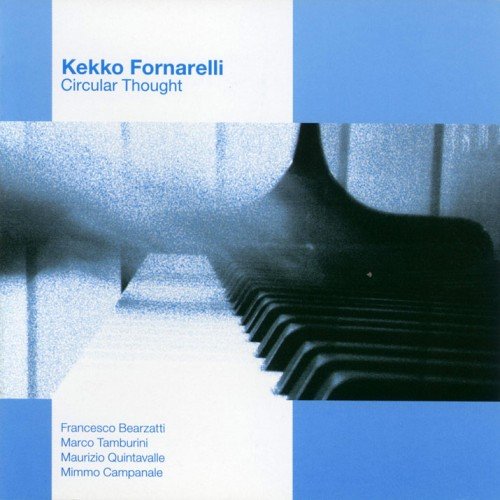Nikolaus Harnoncourt - Nikolaus Harnoncourt Conducts Mozart Early Symphonies (2014)
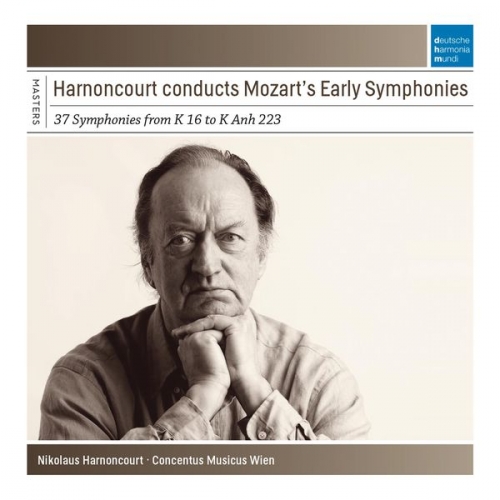
Artist: Nikolaus Harnoncourt
Title: Nikolaus Harnoncourt Conducts Mozart Early Symphonies
Year Of Release: 2006 / 2014
Label: Deutsche HM
Genre: Classical
Quality: FLAC (tracks)
Total Time: 8:40:44
Total Size: 2.26 GB
WebSite: Album Preview
Tracklist:Title: Nikolaus Harnoncourt Conducts Mozart Early Symphonies
Year Of Release: 2006 / 2014
Label: Deutsche HM
Genre: Classical
Quality: FLAC (tracks)
Total Time: 8:40:44
Total Size: 2.26 GB
WebSite: Album Preview
01. I. Molto allegro
02. II. Andante
03. III. Presto
04. I. Allegro
05. II. Andante
06. III. Presto
07. I. Allegro assai
08. II. Andante
09. III. Presto
10. I. Allegro
11. II. Andante
12. III. Allegro molto
13. I. Allegro maestoso
14. II. Andante
15. III. Menuetto
16. IV. Allegro
17. I. Allegro
18. II. Andante
19. III. Menuetto
20. IV. Allegro
21. I. Allegro maestoso
22. II. Andante
23. III. Presto
24. I. Molto allegro
25. II. Andante
26. III. Menuetto
27. IV. Molto allegro
28. I. Allegro
29. II. Andante
30. III. Menuetto
31. IV. Allegro
32. I. Allegro
33. II. Andante
34. III. Menuetto
35. IV. Molto allegro
36. I. Allegro
37. II. Andante
38. III. Menuetto
39. IV. Molto allegro
40. I. Allegro
41. II. Andante
42. III. Allegro molto
43. I. Allegro
44. II. Andante
45. III. Menuetto & Trio
46. IV. Presto
47. I. Allegro
48. II. Andante
49. III. Menuetto - Trio
50. IV. Allegro
51. I. Allegro
52. II. Andante
53. III. Allegro
54. I. Allegro
55. II. Andante
56. III. Allegro
57. I. Allegro
58. II. Menuetto - Trio
59. III. Andantino
60. IV. Allegro
61. I. Allegro
62. II. [Andante]
63. III. Menuetto
64. IV. Allegro
65. I. Allegro assai
66. II. Andante grazioso
67. III. Finale - Presto
68. I. Allegro
69. II. Andante
70. III. Menuetto - Trio
71. IV. Molto allegro
72. I. Allegro
73. II. Andante
74. III. Menuetto - Trio
75. IV. Molto allegro
76. I. Allegro moderato
77. II. Andante
78. III. Menuetto - Trio
79. IV. Molto allegro
80. I. Allegro
81. II. Andante
82. III. Menuetto
83. IV. Presto
84. I. Allegro maestoso
85. II. Andante grazioso
86. III. Allegro
87. I. Allegro
88. II. Andante
89. III. Allegro
90. I. Allegro
91. II. Andante grazioso
92. III. Menuetto - Trio
93. IV. Molto allegro
94. I. Allegro
95. II. Andante
96. III. Menuetto - Trio
97. IV. Allegro
98. Appendix: Andantino grazioso
99. I. Allegro
100. II. Andante
101. III. Menuetto - Trio
102. IV. Allegro
103. I. Allegro
104. II. Andante
105. III. Menuetto - Trio
106. IV. Allegro
107. I. Allegro moderato
108. II. Andante
109. III. Presto
110. I. Allegro assai
111. II. Andante grazioso
112. III. Presto assai
113. I. Molto presto
114. II. Andante
115. III. Allegro
116. I. Allegro
117. II. Andante grazioso
118. III. Presto
119. I. Allegro spiritoso
120. II. Andantino grazioso
121. III. Presto assai
122. I. Allegro spiritoso
123. II. Andantino grazioso
124. III. Allegro
125. I. Allegro con brio
126. II. Andante
127. III. Menuetto
128. IV. Allegro
129. I. Allegro molto
130. II. Andante grazioso
131. III. Allegro
132. Minuet in C Major, K. 409
Perhaps no single musician ever achieved such high accomplishment across such a broad span of repertory as Nikolaus Harnoncourt. His first professional job was as cellist for the Vienna Symphony Orchestra. Almost immediately, however, Harnoncourt sought to specialize in performing music of the past upon historically correct instruments; he was one of the first professional musicians to do so. Over the course of a stunningly influential career, Harnoncourt gradually worked forward into more modern repertories. His many awards include repeated top recording medals from at least six European countries, and a Grammophone Award for Special Achievement in 1990. His decades of recordings on the Teldec label fully encompass seven centuries of music history.
Harnoncourt considered his own life strongly influenced by an adolescence under the shadow of Nazism. He was born Nikolaus de la Fontaine und d'Harnoncourt in Berlin; his aristocratic family moved south to its ancestral mansion in Graz, Austria. After years of hardship under the Nazi regime, the Harnoncourt family fled to Salzburg in 1945. There he found his calling, and began studying the cello under Paul Grummer. No less a figure than Herbert von Karajan accepted Harnoncourt into the Vienna Symphony in 1952. However, his path was destined elsewhere. While in college, Harnoncourt became fascinated by the original Baroque instruments languishing in antique shops, and wondered why professional musicians didn't use these brilliant artifacts to produce the music of their time.
In 1953, Harnoncourt and his wife Alice founded the Concentus Musicus Wien, the first professional Baroque orchestra. They took players from the symphony, trained collaboratively for four years on early instruments, and exploded onto the European scene in 1957. Their first recording project was the Purcell Viol Fantasias, followed by a series of highly acclaimed recordings of the major works of Bach. In the 1970s, Harnoncourt and Gustav Leonhardt collaborated on a massive recording project of all Bach's cantatas. Meanwhile, Harnoncourt and Concentus Musicus romped through much of the Baroque literature, including Monteverdi's operas, Telemann, Rameau, and Fux. Later, he broadened his repertory to include Haydn and Mozart with Concentus Musicus, as well as masterworks from the 19th century operatic and symphonic repertory (including a million-selling cycle of Beethoven symphonies) with the Chamber Orchestra of Europe, the Berlin Philharmonic, and the Concertgebouw Orchestra. He taught as professor of performance practice at the Salzburg Mozarteum (1972-1993), and wrote three full-length books on the subject closest to his heart. He maintained a close relationship guest conducting the Vienna Philharmonic in the years just before his retirement in late 2015 for health reasons. Harnoncourt passed away soon after, leaving behind a legacy as a widely knowledgable, collegial, and well-respected conductor. ~ Timothy Dickey
Harnoncourt considered his own life strongly influenced by an adolescence under the shadow of Nazism. He was born Nikolaus de la Fontaine und d'Harnoncourt in Berlin; his aristocratic family moved south to its ancestral mansion in Graz, Austria. After years of hardship under the Nazi regime, the Harnoncourt family fled to Salzburg in 1945. There he found his calling, and began studying the cello under Paul Grummer. No less a figure than Herbert von Karajan accepted Harnoncourt into the Vienna Symphony in 1952. However, his path was destined elsewhere. While in college, Harnoncourt became fascinated by the original Baroque instruments languishing in antique shops, and wondered why professional musicians didn't use these brilliant artifacts to produce the music of their time.
In 1953, Harnoncourt and his wife Alice founded the Concentus Musicus Wien, the first professional Baroque orchestra. They took players from the symphony, trained collaboratively for four years on early instruments, and exploded onto the European scene in 1957. Their first recording project was the Purcell Viol Fantasias, followed by a series of highly acclaimed recordings of the major works of Bach. In the 1970s, Harnoncourt and Gustav Leonhardt collaborated on a massive recording project of all Bach's cantatas. Meanwhile, Harnoncourt and Concentus Musicus romped through much of the Baroque literature, including Monteverdi's operas, Telemann, Rameau, and Fux. Later, he broadened his repertory to include Haydn and Mozart with Concentus Musicus, as well as masterworks from the 19th century operatic and symphonic repertory (including a million-selling cycle of Beethoven symphonies) with the Chamber Orchestra of Europe, the Berlin Philharmonic, and the Concertgebouw Orchestra. He taught as professor of performance practice at the Salzburg Mozarteum (1972-1993), and wrote three full-length books on the subject closest to his heart. He maintained a close relationship guest conducting the Vienna Philharmonic in the years just before his retirement in late 2015 for health reasons. Harnoncourt passed away soon after, leaving behind a legacy as a widely knowledgable, collegial, and well-respected conductor. ~ Timothy Dickey
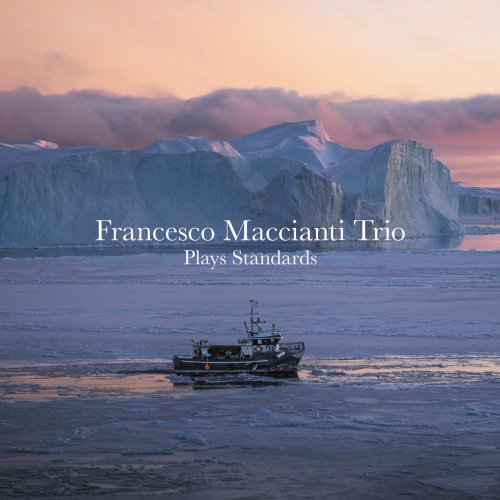
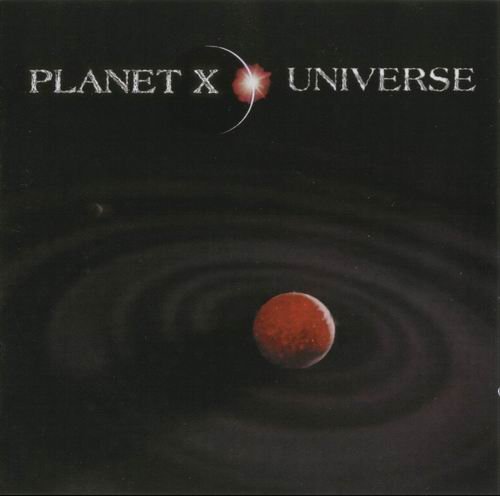
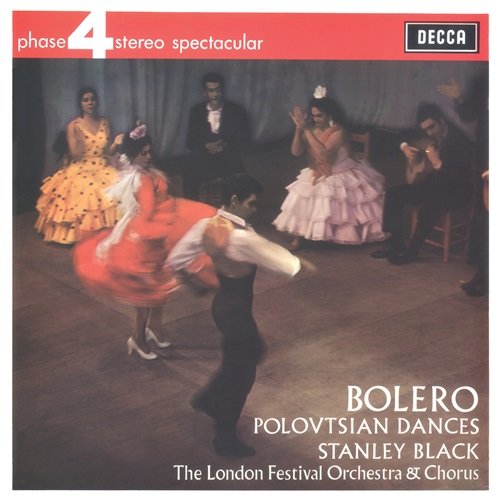
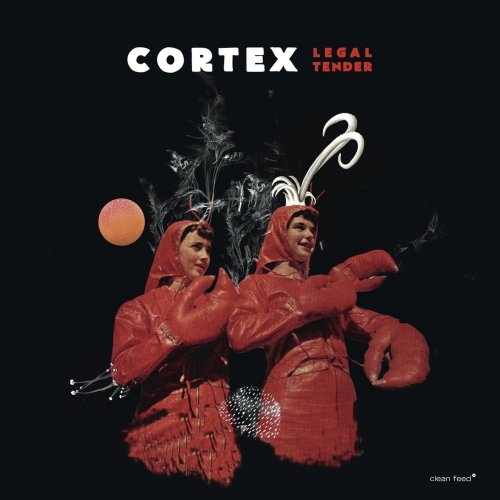
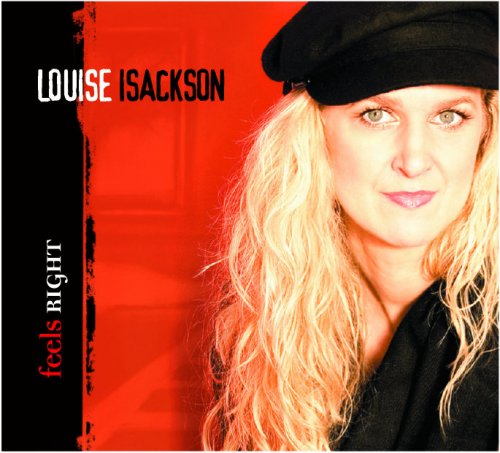
![Nectar Woode - Live at Village Underground (Live At Village Underground) (2025) [Hi-Res] Nectar Woode - Live at Village Underground (Live At Village Underground) (2025) [Hi-Res]](https://img.israbox.com/img/2025-12/15/eiazyx7yigt2lhbv1tcd3eos6.jpg)

